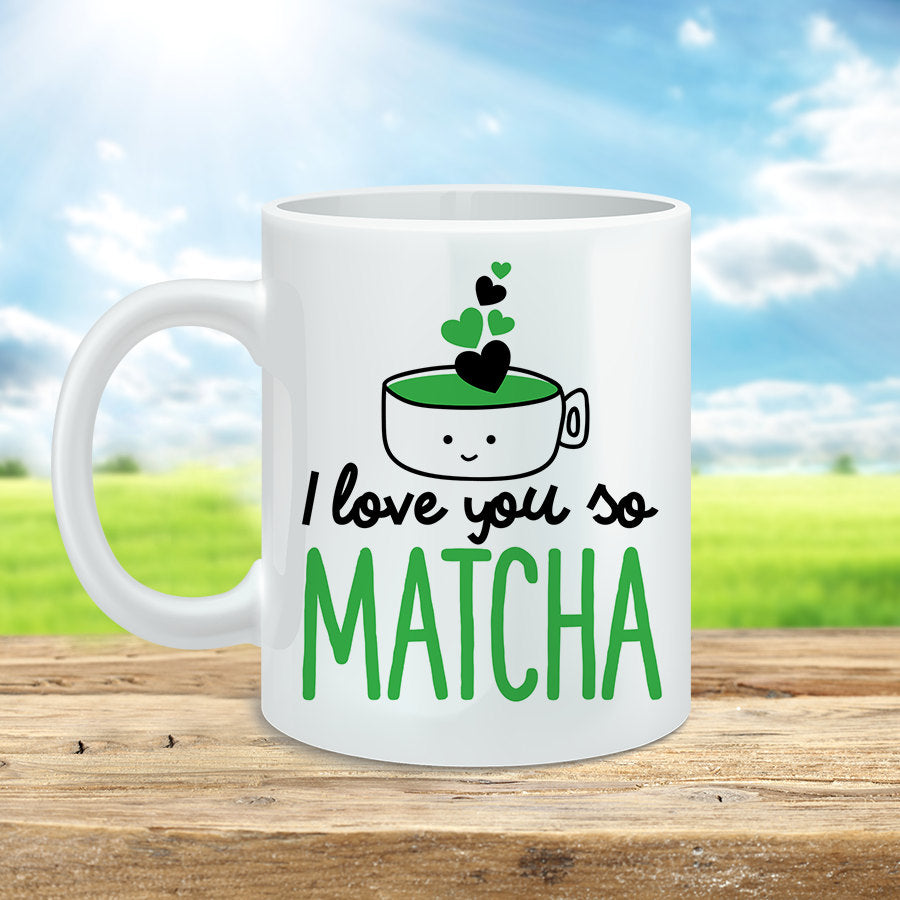As we’ve sampled out IQ Bars from our very first production run in Boston, we’ve fielded hundreds of questions about the ingredients we use in our products. One of the most common inquiries we get centers on cacao – namely, what it is and how it differs from cocoa and chocolate. Thus, we figured we’d write a post about it!
What is Cacao?

Cacao beans are seeds from the cacao tree. A whole host of ingredients can be made from these seeds – here are three of the most popular ones:
Cacao Powder [in Almond Cacao IQ Bars]: Cacao powder is made by cold-pressing and grinding unroasted cacao beans, a process that keeps important enzymes in the cacao, but removes the beans’ fat component (cacao butter).
Cacao Nibs [in all IQ Bars]: Cacao nibs are a fragments of cacao beans that have been fermented and dried.
Cacao Butter: Cacao butter is extracted by heating cacao beans and collecting the fat that drips off the beans. This fat is used to make chocolate and many personal care products.
Ok, Then What’s Cocoa?!

These same ingredients also exist in cocoa form. The difference is simple: all cocoa products are roasted. Yep, that’s it! For instance, cocoa powder is simply powder made from roasted beans, cocoa butter is extracted through temperatures above 115 degrees Fahrenheit, and so on.
The purpose of roasting cacao beans predominately centers on flavor. When roasting occurs, the acetic acid content of cacao becomes vastly reduced, making it less astringent (i.e., bitter). However, the roasting process also reduces much of cacao’s nutritional value. For instance, it dissipates the bean’s enzyme and antioxidant content.
…And Chocolate? (Side Note: Name That Movie!)

Making chocolate in its most basic form is a four-step process:
- Roasted cocoa nibs are ground into what’s called cocoa mass (also known as cocoa liquor).
- This cocoa mass is combined with cocoa butter and a sweetener – often sugar (eek!).
- The mixture goes through a process called “conching,” where it’s rolled, kneaded, heated, and aerated with a conch machine.
- The mixture then goes through “tempering,” where it is brought to a certain temperature, and then formed into blocks for chocolatiers to reshape to their liking.
Of course, may ingredients can be added along the way. For instance, by adding milk powder to the conching process, you can create milk chocolate.
Why is Cacao Useful in the First Place?

So glad you asked. Cacao is often referred to as a “superfood” for it’s myriad nutritional benefits. It is packed with fiber, iron, magnesium, calcium, and hundreds of antioxidant compounds. We included cacao in all flavors of IQ Bars primarily because of one brain-boosting antioxidant in particular: flavonoids.
It’s worth reiterating, though, that these benefits diminish as cacao is roasted and processed. For instance, raw cacao is said to have four times the antioxidant content than dark chocolate (and that’s the healthiest kind of chocolate)!



